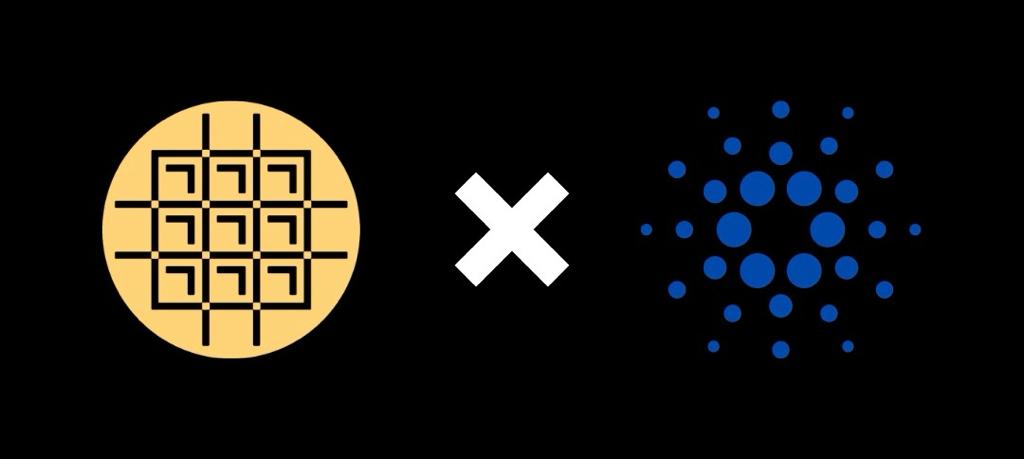
While the industry has been focused on Ethereum and compatible ecosystems (EVM), we have chosen to dedicate our resources to the Cardano ecosystem. With a controversial founder, hostile media and a complex vision, Cardano is often overlooked within the cryptocurrency space. Yet, it has a lot going for itself if you scratch under the surface.
The main value proposition in a cryptocurrency is its level of decentralisation, it keeps the system resilient and fair for all participants. Cardano uses a Proof-of-Stake (PoS) consensus algorithm called Ouroboros. With over 2,500 stakepools (validators) actively running the system, it is one of the most decentralised cryptocurrencies on the market. The costs of running such validators are also lower than in most other large ecosystems. The staking mechanism is non-custodial which is a major advantage for any token holder; it allows for your funds to generate income while staying liquid at all times. PoS systems are also known to massively reduce energy consumption compared to Proof of Work (PoW) systems such as Bitcoin.
The second criteria is community size. Great technology can be built, but if no one is using it then it is of no value. The key concept here is Metcalfe's law, where the value of a network is its number of users squared. In this regard, Bitcoin is first, Ethereum is second and Cardano is third. Most know about the first two, but not the third one. The opportunity is there; while most players stay in Ethereum and its compatible Layer 2s (EVM), we are amongst the very few players taking advantage of this large yet ignored ecosystem.
Security is another important aspect here. Every year there is about $10bn worth of hacks or infrastructure failures within the EVM world. We can hardly call it a safe environment. Cardano took a different approach than the “move fast and break things (fix things later)” that Ethereum took. Instead, Cardano has been built using the slower but more secure, scientific method. That is, writing academic papers and submitting them to peer review. Auditing the code before deploying it. Using a programming language (Haskell) that is used for mission critical infrastructures such as spaceships and banks. The fact of the matter is that cryptocurrencies are mission critical infrastructure, at least if they are to succeed. Treating it as such ensures a higher level of safety. There have been zero hacks and zero downtime since the launch of the network back in 2017.
One of the key components that often gets overlooked to a long term, successful blockchain is its governance. Decentralisation is great but there has to be a mechanism of evolving the system without creating conflicts between all participants. Clear examples of such failures of the forks Bitcoin Cash or Ethereum Classic which were splits within their respective ecosystems. There are no mechanisms within Bitcoin or Ethereum where participants can collectively decide the direction of the ecosystem. Cardano is the first cryptocurrency project to attempt to build a government structure on chain, introducing the idea of liquid democracy. There will be 3 branches of government, allowing for checks and balances. The big year will be 2024. If this succeeds, Cardano would be able to keep its community while being able to upgrade itself. No small feat.
With a large community comes a large number of projects. It took Cardano longer than others to develop smart contract capabilities, mostly due to the development process previously mentioned. As of time of this writing, there are over 1,000 projects building on Cardano. It is the only major cryptocurrency to have experienced major TVL growth during the bear market, from 200 million to 700 million ADA in a year. Those are extremely positive signs, and we are right in the middle of it all.
